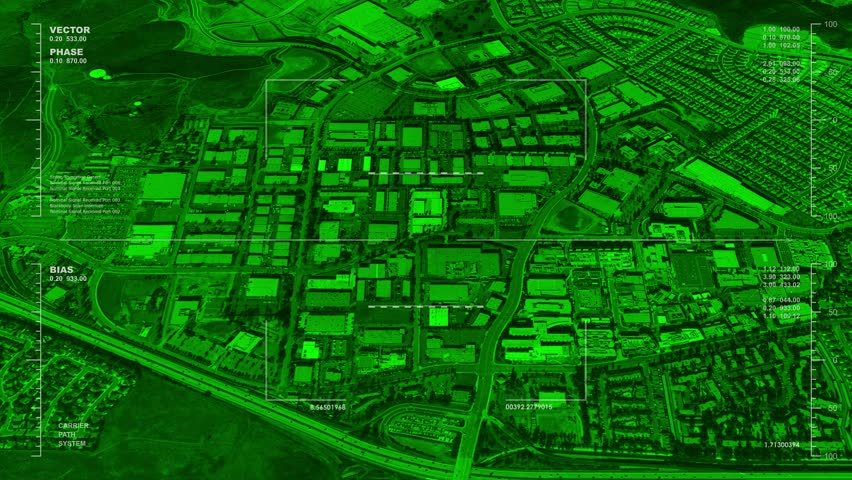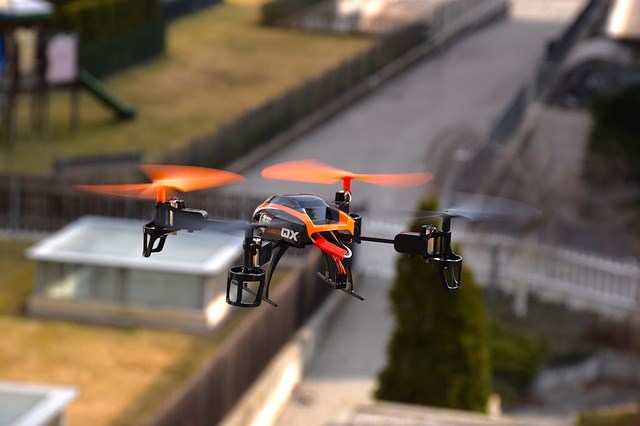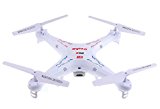Force Multiplier – Should Preppers Consider Using Drones
Have you read the latest article or seen the latest video about why this tool or that item should be included in your bug out bag or have in your home if you decide you are going to stay put and dig in? For many of us, hesitating to make adjustments to our basic items we pack for shelter, fire, food, water, hunting, fishing, tools, first aid and firearms once we are comfortable with our selection-is normal, yet, we still might have doubts.
One adjustment we may consider would be the benefit of using drones as a necessary piece of equipment for preppers in a true TEOTWAWKI scenario.
Drone technology has been changing rapidly. They have become an important tool for our military, the government, law enforcement, and commercial businesses and perhaps even for your neighbor down the street. The uses for these UAV vehicles and the government’s dependency on them should –if they haven’t already –raised a red warning sign in front of all of us who are concerned about government interference or being able to bug out or keep a low profile in a SHTF situation. Stop and consider your bug out plan! Is it drone proof? Have you considered ways of detecting, hiding, or if necessary destroying drones that might cross your path as you move towards your bug out location?
Perhaps one thing to consider is using drones for offensive and defensive security.
Using Drones for Offensive Security
Reconnaissance and Surveillance:
The primary reason for adding drones to your list of bug out items is Reconnaissance and Surveillance. In a bug out situation, you will need to reconnoiter your planed escape route or routes. Being able to get a ‘bird’s eye view” via a live feed on your smart phone-even after an EMP attack (if your phone and drone was protected) could provide you with instant intelligence to determine if it is safe for proceed. Currently, to have that same level of information you would had to commit you and perhaps your group into an area that may no longer be safe.
Drones could also be placed in strategic areas along your bug out route as a static observation positions. Its camera could record video
footage to alert you to increased activity or threats which you could access well before you reach the area. These monitoring drones could also use Drone tracker applications to defend or detect drones approaching you or your group early enough to provide you time to hide and remain undetected.
Aerial attack
It is not outside the realm of possibility that drones could be equipped with explosives and then flown into an attacking force to inflict physical harm or even loss of life. They could also be used to deliver tear gas or pepper spray to spearhead an attack on a position or to cover a retreat. As drones become more advanced, the capabilities to carry a heavier payload will provide even a larger threat of attack.
Delivery of supplies:
If your bug out plans or the current tactical situation requires your group to travel in small numbers at various intervals and radios cannot be used, drones can be used to send or deliver messages (encrypted) or supplies.
Electronic Surveillance:
Using Drones as electronic bugs to listen in or collect signal intelligence or even to hack into WIFI and steal data from networks is not limited to movie fiction. Having the training to use or detect this surveillance might make the difference between survival and capture.
Physical/ Defensive security:
The addition of drones as part of your physical and defensive security plan should be pretty clear by now. As stated earlier in a SHTF situation and you are physically unable to bug out, then placing drones in strategic areas in your neighborhood could be used for observation purposes, collecting intelligence of activity near and perhaps far away from your location while being able to keep a low profile.
The camera systems on drones have video and audio capabilities. Some even have the ability of using night vision cameras with infrared detecting systems which could detect threats in low light or night conditions much better than the human eye.
Consideration of drones as part of your security plan can help in protection against gangs, thieves and even other drones that are being used against you I’m sure you can think of the various benefits especially if you’re getting up in years and are not as agile as you may need to be if such a SHTF event happen

Second thoughts – are they worth the risks
Yet, the use of drones during a bug out could be a risk that you might cause you not to consider these tools. Many of them make a lot of noise and could attract the very threats that you are trying to discover and evade. There size and the possibility of being damage during a bug out must be taken into consideration along with costs prior to being purchased. This industry is growing rapidly as the demand for smaller, faster, more rugged systems are flying off the design boards and hitting the market.
One should also consider that the government and law enforcement agencies are also busy designing counter measures to combat the likelihood of them being used for criminal or terrorist activities. So one needs to consider what ECM (electronic counter measures) might be used against them.
Still with proper training and experience, drones could be great surveillance tools. What do you think? Do drones make sense for preppers?
Have you read the latest article or seen the latest video about why this tool or that item should be included in your bug out bag or have in your


